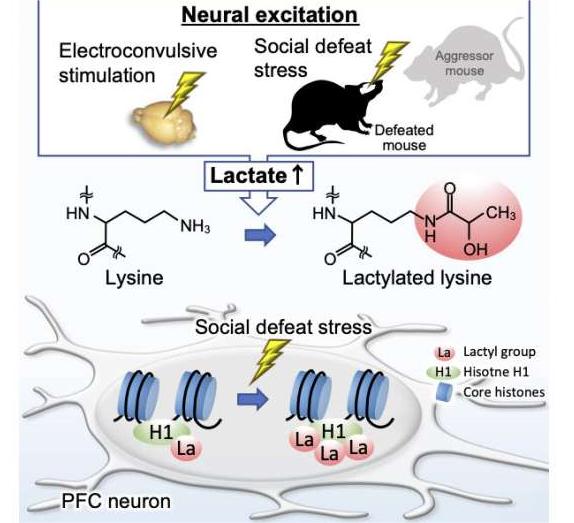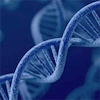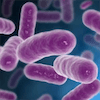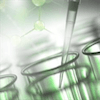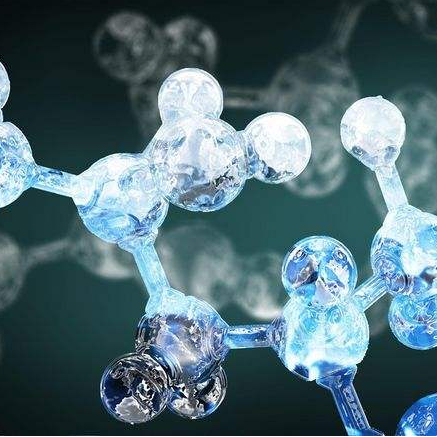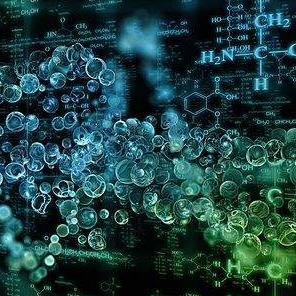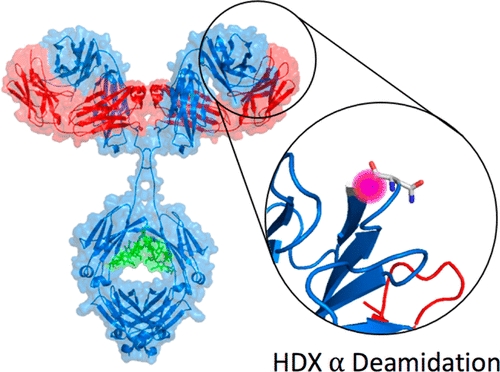Post-translational Modification Protein Group Analysis
Post-translational modifications (PTMs) of proteins refer to the chemical modifications that occur during or after protein translation. PTMs increase the functional diversity of the proteome by adding functional groups such as phosphate, acetate, amide, or methyl to proteins, affecting almost all aspects of normal cell biology and pathogenesis. PTMs play crucial roles in many cellular processes, including cell differentiation, protein degradation, signal transduction and regulation processes, gene expression regulation, and protein interactions. PTMs typically include phosphorylation, glycosylation, ubiquitination, nitrosylation, methylation, acetylation, lipidation, and proteolysis. Thus, the characterization of PTMs (including modification types and sites) is critical in cell biology research as well as in disease diagnosis and prevention.
Post-translational modifications (PTMs) of proteins are influenced by many factors, and their identification process is quite complex. For example, most PTMs occur at low levels, thus necessitating enrichment of modified proteins before identification. Additionally, the stability of modifications and the detection efficiency of mass spectrometry are key factors in the PTM analysis process. Biotech company BTP has built an advanced analytical platform for characterizing various post-translational modifications (PTMs).
Biological problems that can be addressed by BTP's post-translational modification identification
BTP employs Thermo Fisher's Q Exactive HF mass spectrometry platform, Orbitrap Fusion mass spectrometry platform, and Orbitrap Fusion Lumos mass spectrometry platform combined with Nano-LC to provide identification of post-translational modifications such as phosphorylation, glycosylation, ubiquitination, acetylation, methylation, disulfide bonds, and nitrosylation for researchers.
Specific sites on the amino acid sequence of proteins can covalently bond with chemical groups or small molecular weight proteins, resulting in post-translational modifications (PTMs). Compared to unmodified proteins, PTMs lead to an increase in the molecular weight of specific sequences. In the identification process of PTMs, proteins are first enzymatically cleaved into peptides, which are then analyzed by mass spectrometry. The mass spectrometry analysis yields molecular mass information of a series of peptides. For a specific peptide, its sequence information and molecular weight are determined in the absence of any post-translational modifications.
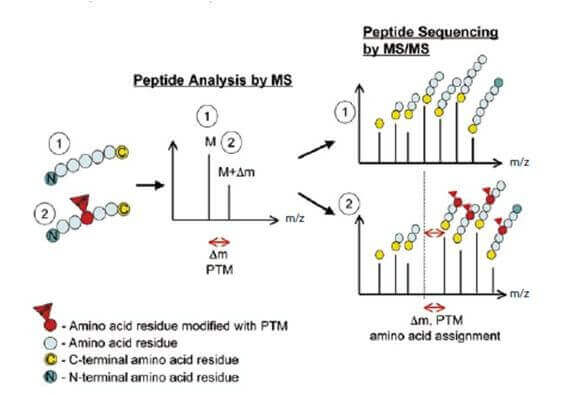
Diagram of post-translational modification identification
When a post-translational modification occurs, such as phosphorylation, since the sequence information and molecular weight are determined, the molecular weight of the phosphate group is also determined. During mass spectrometry detection, if the molecular weight of some peptide segments is found to have increased by the mass of a phosphate group, it is assumed that this peptide has undergone phosphorylation, which is then confirmed by secondary mass spectrometry.
Common functions of various PTMs

Common functions of PTMs
Research Case Studies
This project involved the identification of protein ubiquitination sites from Co-IP samples at BTP for a professor at the Institute of Biophysics, Chinese Academy of Sciences. Partial results are shown in the figure below.

Research case study on post-translational modification identification
BTP offers the following post-translational modification identification and analysis services
Chinese/English project report
In the technical report, BTP will provide you with a detailed bilingual technical report in Chinese and English, which includes:
1. Experimental procedures (in Chinese and English)
2. Relevant mass spectrometry parameters (in Chinese and English)
3. Information on post-translational modification sites
4. Raw data
5. Bioinformatics analysis
One-stop service
Simply place an order and send your samples, and BTP will provide a one-stop service: sample processing, on-machine analysis, data analysis, and project report.
Related services
Quantitative proteomics analysis
Label-free quantitative proteomics analysis
Label-based protein quantification techniques - iTRAQ, TMT, SILAC
TMT/iTRAQ/MultiNotch quantitative proteomics analysis
MRM/PRM quantitative proteomics analysis
Absolute quantification analysis (AQUA)
How to order?






